Giving your puppy their vaccinations is a crucial part of responsible pet ownership, but vet bills can add up quickly. Many pet parents are looking for ways to save money, leading some to wonder, Can I give my puppy shots at home?. While it’s possible to administer vaccines yourself, it’s essential to understand the risks and benefits before proceeding. This comprehensive guide will walk you through the process, from understanding the legalities and gathering your supplies to safely administering the vaccine and providing post-vaccination care. Remember, while this guide provides valuable information, consulting with your veterinarian is crucial. Your vet can advise you on your puppy’s specific needs, ensure you’re following local regulations, and address any concerns you might have.
Assess the Risks & Understand the Basics
Bringing a new puppy home is an exciting time, filled with playful antics and endless cuddles. Part of being a responsible pet owner, however, involves ensuring your furry friend receives proper veterinary care, including vaccinations. While most pet parents opt for professional vaccinations at the veterinarian’s office, some consider giving puppy shots at home. Before you make this decision, it’s crucial to thoroughly assess the risks, understand the basics, and consult with your veterinarian.
Risks and Benefits of At-Home Vaccinations
Administering puppy shots at home might seem like a cost-effective alternative to vet visits. And indeed, purchasing vaccines online or from a feed store can save money. However, this practice comes with potential risks that shouldn’t be taken lightly:
- Improper Handling and Storage: Vaccines are delicate and require specific temperature control. Improper storage can render them ineffective.
- Incorrect Administration: Injecting the vaccine incorrectly (wrong dosage, location, or method) can lead to pain, inflammation, and reduced effectiveness.
- Missed Diagnosis: Veterinarians do more than just administer vaccines during puppy checkups. They assess your puppy’s overall health, identify potential underlying conditions, and address any concerns you might have.
- Allergic Reactions: While rare, allergic reactions to vaccines can occur. Having a veterinarian present allows for immediate professional care if needed.
Despite these risks, some pet owners might find at-home vaccination suitable due to specific circumstances. However, the decision should always involve a thorough discussion with your veterinarian.
Legality and Your Vet’s Guidance
Before administering any vaccine at home, verify the legality in your area. Some states or regions might have restrictions on who can legally administer animal vaccines.
Most importantly, consult your veterinarian. They can provide personalized guidance based on your puppy’s breed, age, health history, and lifestyle. Your vet can advise on the appropriate vaccines, potential risks, and whether at-home administration aligns with their recommendations.
Essential Supplies
If, after careful consideration and consultation with your vet, you decide to administer vaccines at home, ensure you have the following supplies:
- The Vaccine: Purchase the appropriate vaccine for your puppy’s age and health needs. Only purchase from reputable sources to ensure proper storage and vaccine viability.
- Syringes and Needles: Choose the correct size syringe and needle based on your puppy’s size and the vaccine’s volume. Dispose of used needles and syringes responsibly in a sharps container.
- Alcohol Wipes: Cleanse the vaccine vial’s rubber stopper and the injection site on your puppy with alcohol wipes before administering the vaccine.
- Gloves (Optional): While not mandatory, wearing gloves during the process is recommended for hygiene.
- Treats and/or a Towel: Use treats for positive reinforcement. Have a towel handy in case you need to restrain your puppy gently for their safety and yours.
- Emergency Contact Information: Keep your veterinarian’s phone number, along with the contact information for an emergency animal hospital, easily accessible in case of an adverse reaction.
Remember, responsible pet ownership prioritizes your puppy’s health and well-being. While at-home vaccination might seem convenient, it’s crucial to weigh the risks, consult with your veterinarian, and proceed with caution and care.
The #1 Free Source for Pitbull & Bully Pedigrees!
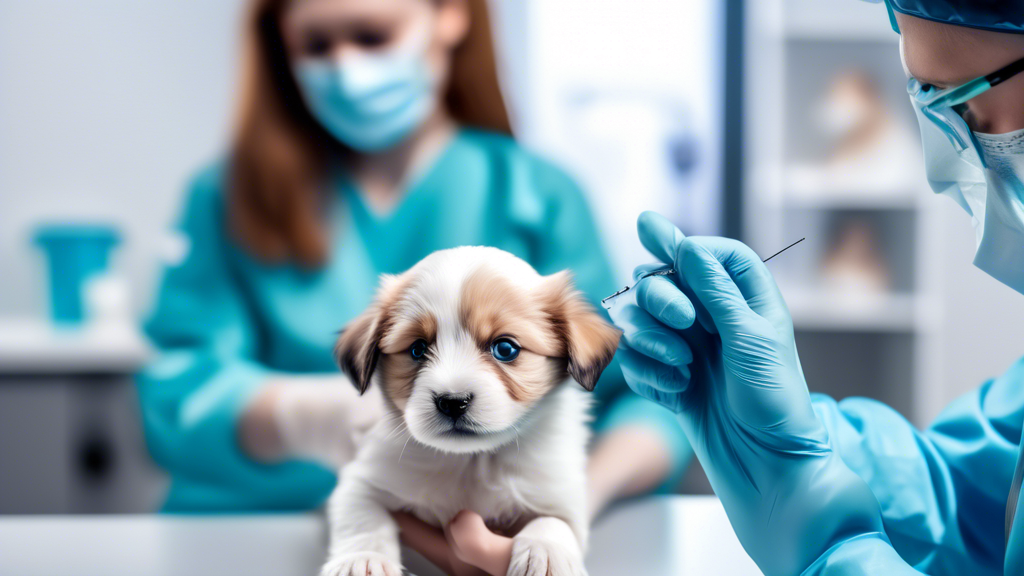
Step-by-Step Guide to Administering Puppy Shots
Giving your puppy a shot for the first time can be daunting. But, with careful preparation and a calm demeanor, you can make this a safe and relatively stress-free experience for both of you. Here’s a detailed guide to walk you through each step:
Preparing the Vaccine
* **Read the label:** Before you begin, carefully read the vaccine label. It contains vital information about storage, mixing (if necessary), dosage, and expiration date.
* **Storage:** Ensure the vaccine has been stored according to the manufacturer’s instructions. Most vaccines require refrigeration.
* **Mixing:** Some vaccines come in two vials and need to be mixed before administration. Use a sterile syringe and needle provided to draw up the correct amount from each vial as per the instructions. Gently mix the solution before drawing it into the injection syringe.
* **Temperature:** Allow the vaccine to reach room temperature before injecting it. This can help minimize discomfort for your puppy.
Choosing the Injection Site
Subcutaneous injections are given under the skin, and for puppies, there are two ideal locations:
* **Scruff:** The loose skin on the back of the neck, between the shoulder blades, is the most common injection site for puppies.
* **Flank:** The skin fold on the side of your puppy’s body, just behind the ribs, can also be used.
**[Insert Illustration or Diagram Here – Showing Scruff and Flank Injection Areas]**
Restraining Your Puppy
Proper restraint is crucial to prevent injury during injection.
* **Enlist a helper:** Having another person gently restrain your puppy can make the process easier and safer.
* **Use a towel:** Wrapping your puppy securely but not tightly in a towel can help restrict movement.
* **Speak soothingly:** Use a calm and reassuring voice throughout the process.
* **Be quick but gentle:** Once you’ve located the injection site and cleaned it, proceed swiftly but gently with the injection.
Administering the Injection
* **Clean the site:** Use an alcohol swab to clean the injection site and allow it to dry.
* **Insert the needle:** Hold the syringe like a dart, and with a quick, gentle motion, insert the needle at a 45-degree angle under the skin.
* **Aspirate:** Before injecting, gently pull back on the plunger. If you see blood in the syringe, you’ve likely hit a blood vessel. Withdraw the needle slightly and reposition it before injecting.
* **Inject the vaccine:** Slowly and steadily depress the plunger to administer the entire dose.
* **Withdraw the needle:** Swiftly remove the needle and apply gentle pressure to the injection site with a clean cotton ball for a few seconds to stop any bleeding.
Monitoring for Reactions
It’s normal for puppies to experience mild side effects after vaccination.
* **Common Reactions:** These can include:
* Mild pain or swelling at the injection site.
* Decreased activity or slight fever.
* Loss of appetite.
* **Serious Reactions (Seek Veterinary Care Immediately):**
* Facial swelling.
* Difficulty breathing.
* Hives or severe itching.
* Vomiting or diarrhea.
* Collapse or seizures.
If you notice any unusual or concerning symptoms, contact your veterinarian immediately.
The #1 Free Source for Pitbull & Bully Pedigrees!
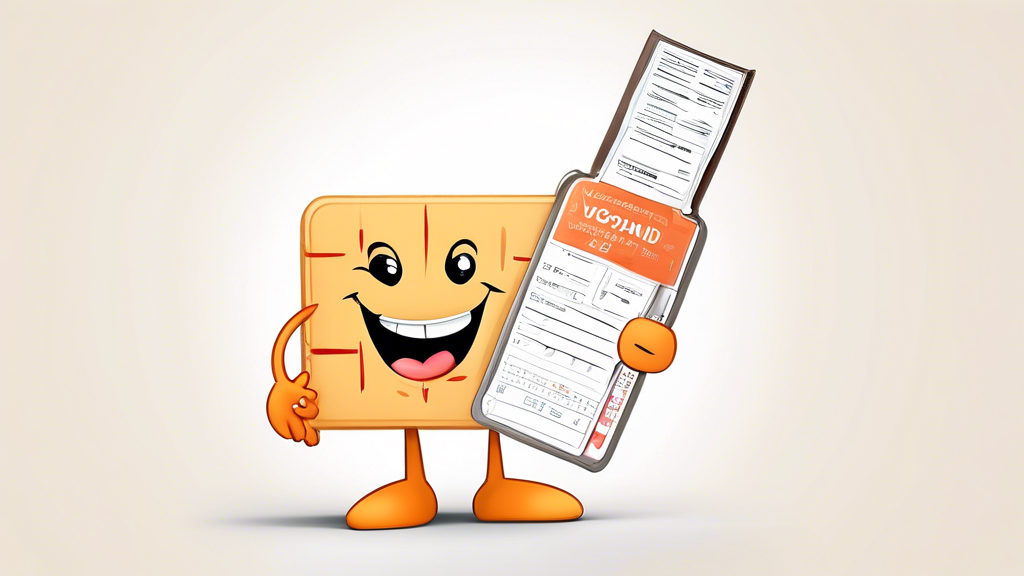
Post-Vaccination Care & Record Keeping
Congratulations! You’ve successfully administered your puppy’s vaccination. Your furry friend might be feeling a little uneasy, so let’s focus on providing the best post-vaccination care and establishing good record-keeping habits.
Soothing Your Puppy
It’s normal for your puppy to experience some mild discomfort after a shot. They might whimper, lick the injection site, or seem a bit more tired than usual. Here are some ways to comfort your little one:
- Offer cuddles and reassurance: Your puppy might appreciate some extra love and attention. Speak in a soothing voice and gently pet them.
- Provide a quiet space: Let your pup rest in a calm, comfortable area away from noise and distractions.
- Consider a small, healthy treat: A tasty treat can act as a positive reinforcement and distract your puppy from any discomfort.
Observing for Adverse Reactions
While most puppies tolerate vaccinations well, it’s crucial to monitor for any adverse reactions. Keep a close eye on your puppy for the next 24-48 hours, watching for these potential signs:
- Loss of appetite: If your puppy refuses food for more than a day, contact your vet.
- Lethargy or weakness: Excessive sleepiness or unwillingness to play can be concerning.
- Vomiting or diarrhea: If these occur multiple times, consult your veterinarian.
- Swelling at the injection site: Some swelling is normal, but if it’s excessive, hot to the touch, or your puppy seems to be in pain, call your vet.
- Difficulty breathing or facial swelling: These are signs of a severe allergic reaction. Seek immediate veterinary care.
Remember, it’s always better to err on the side of caution. If you notice anything unusual or concerning, don’t hesitate to contact your veterinarian.
Maintaining Vaccination Records
Maintaining accurate vaccination records is essential for your puppy’s health. These records help track which vaccines your puppy has received, when they received them, and when booster shots are due. Here’s how to create a reliable system:
- Dedicated Notebook: Use a designated notebook specifically for your puppy’s health records.
- Digital Documents: Create a folder on your computer or smartphone to store digital copies of vaccination certificates.
- Phone App: Several pet health apps are available that allow you to log vaccinations, schedule reminders, and store other important medical information.
For each vaccination, record the following information:
- Date of vaccination
- Type of vaccine administered
- Vaccine manufacturer and lot number (found on the vaccine vial)
- Name and signature of the person who administered the vaccine (you or your veterinarian)
Keep these records in a safe and easily accessible place. You’ll need them for vet visits, boarding facilities, and even some dog parks or training classes.
Scheduling Future Vaccinations
Vaccinations are typically given in a series of injections, starting at around 6-8 weeks of age and continuing with boosters every few weeks until your puppy is around 16 weeks old. After that, your puppy will need regular booster shots throughout their life to maintain immunity.
Important: Consult your veterinarian to create a personalized vaccination schedule for your puppy. They will consider your puppy’s breed, lifestyle, and risk factors to determine the most appropriate vaccines and timing.
By following these post-vaccination care tips and maintaining meticulous records, you can help ensure your puppy stays healthy, protected, and ready for a lifetime of adventures!
While administering puppy shots at home might seem appealing for cost-conscious owners, it’s crucial to remember that this approach isn’t without risks. Your puppy’s health and safety should always come first, and a veterinarian is your most reliable partner in ensuring proper vaccination. Consulting with your vet allows you to discuss individual needs, address any concerns, and receive guidance tailored to your puppy’s specific breed, age, and health status. They can advise you on the best course of action, whether it’s at-home or in-clinic vaccinations. Remember, a well-protected puppy is a happy and healthy puppy. By staying informed, being prepared, and working alongside your veterinarian, you can confidently navigate the world of puppy vaccinations and give your furry friend the best start in life.








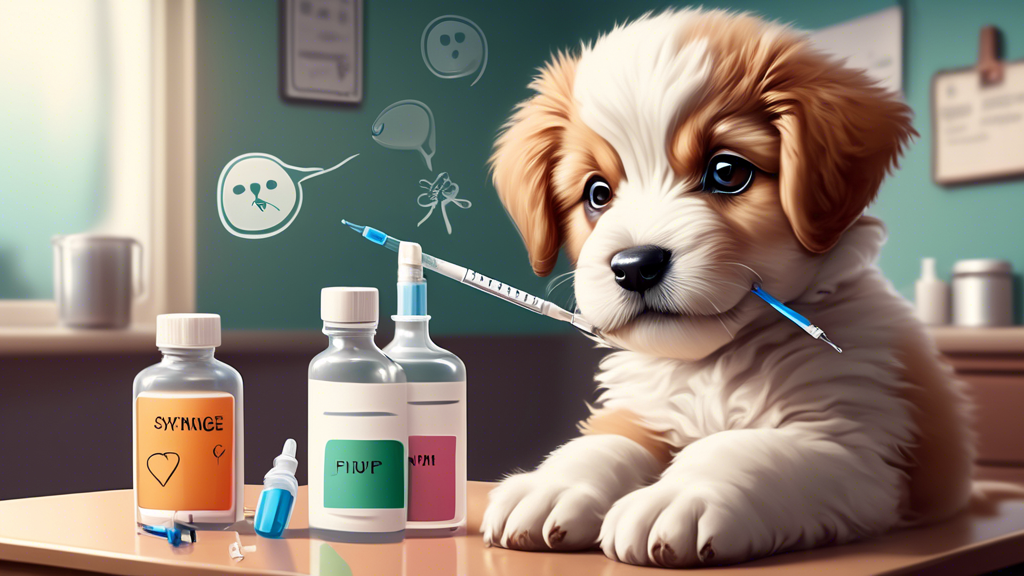
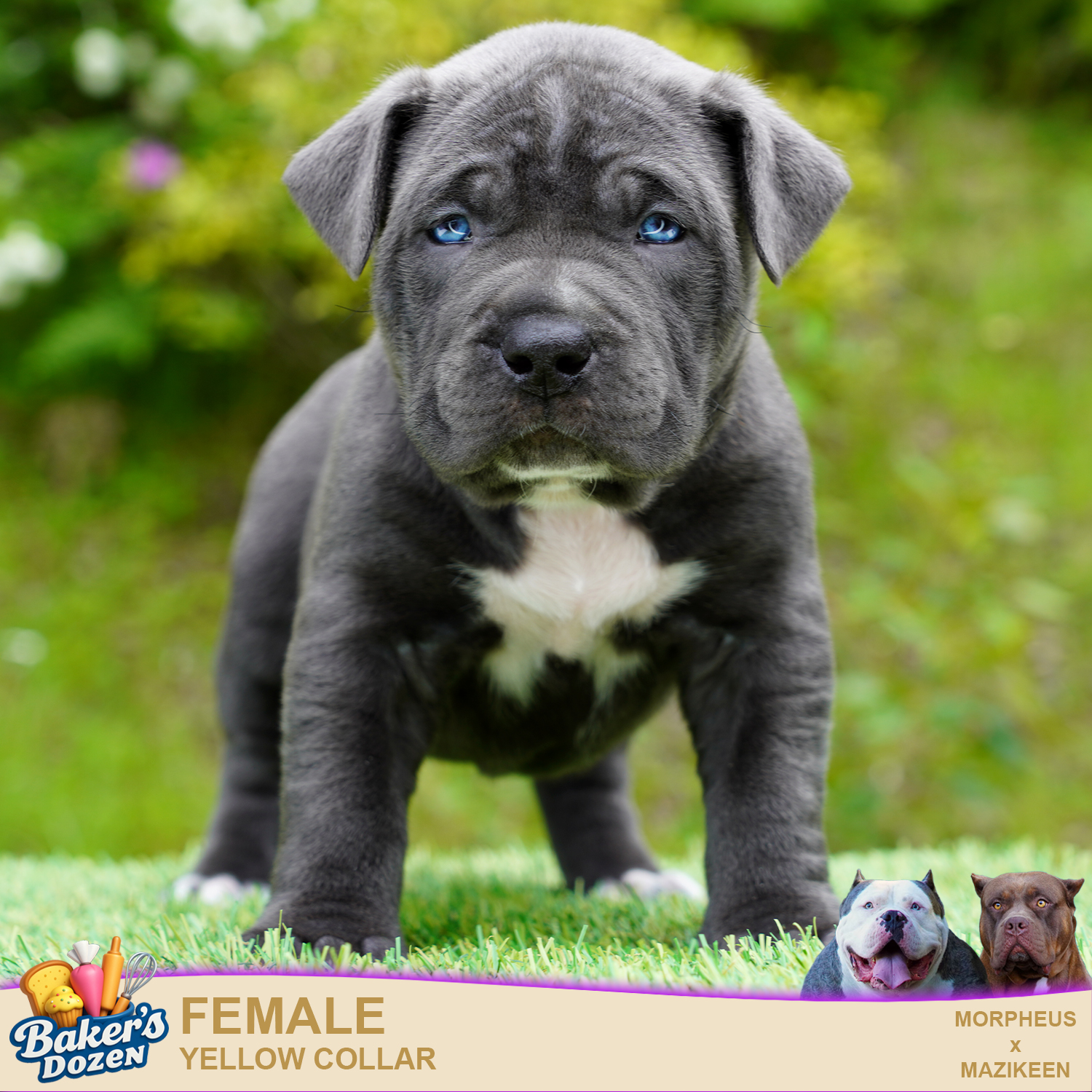
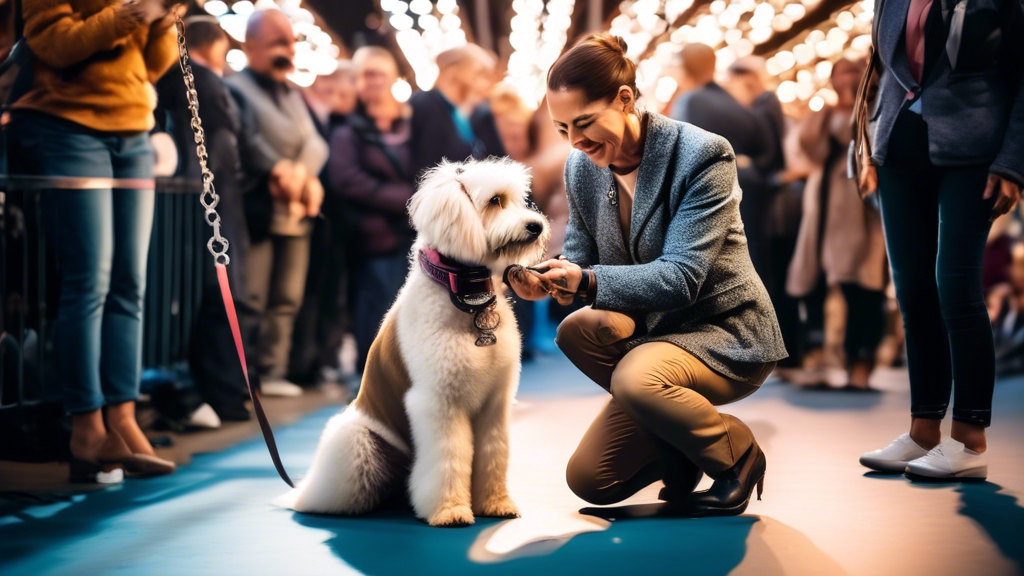

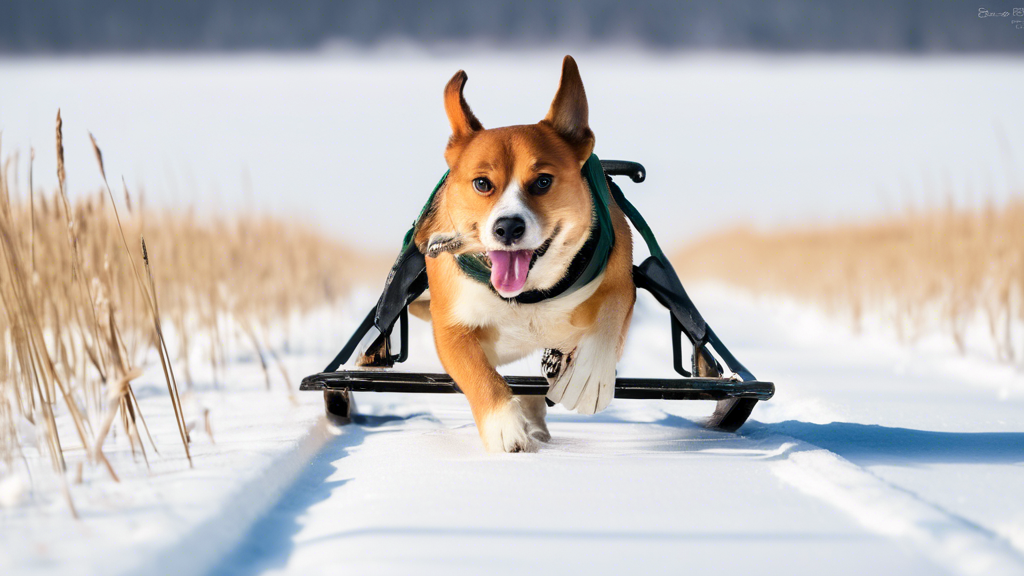
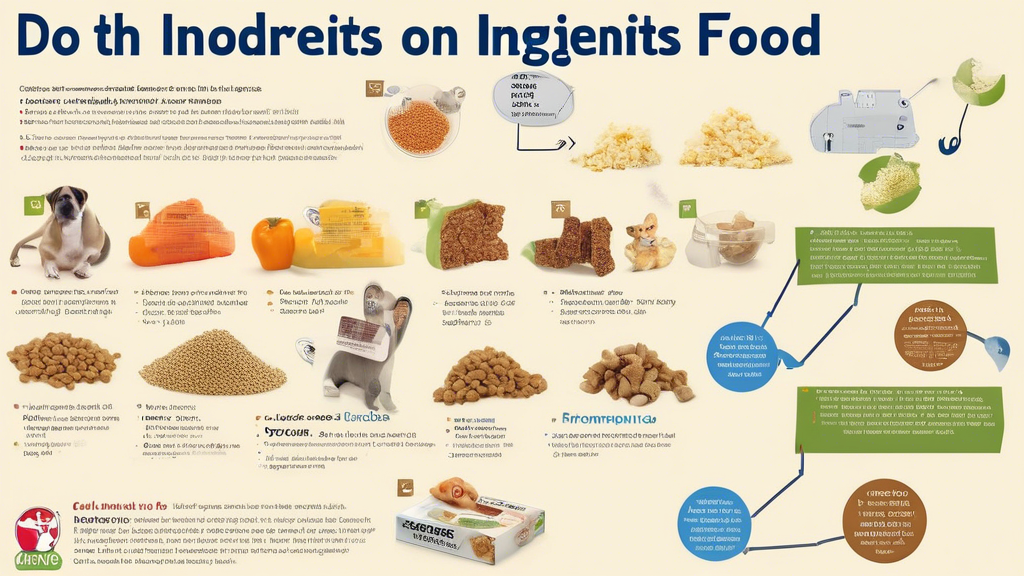
Leave A Comment